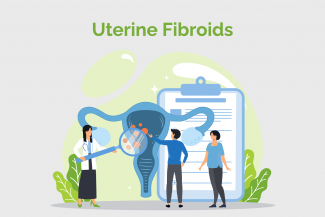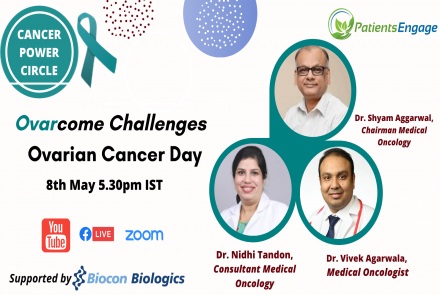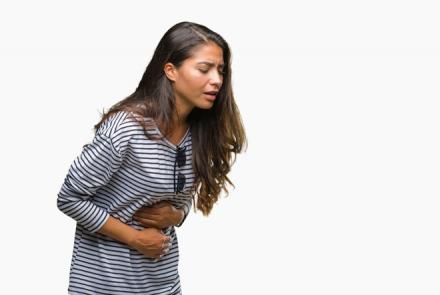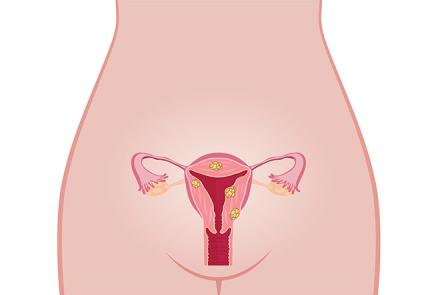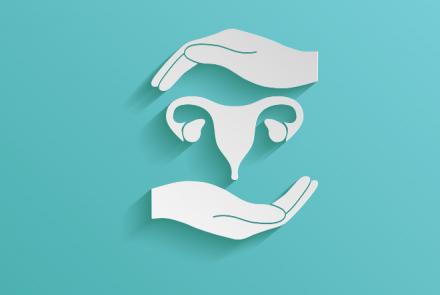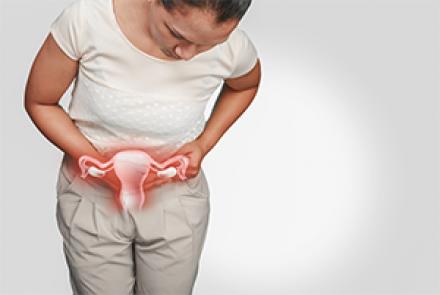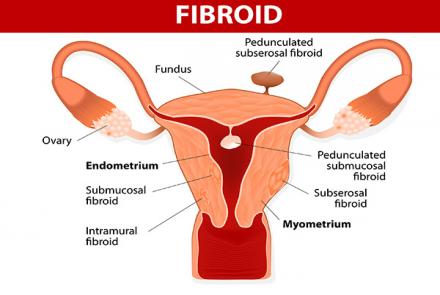Fibroids are non-cancerous, ie harmless tumours that grow in the smooth muscle layers of the wall of uterus (womb).
About 70% of Asian women develop fibroids at some point in their lives, many of them asymptomatic. The incidence of symptomatic fibroids is lower among Asians.
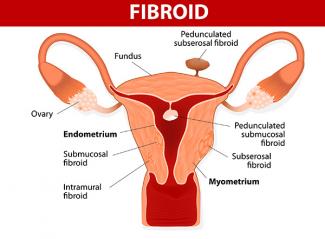
Fibroids are non-cancerous, i.e. harmless or benign tumours that grow in the smooth muscle layers of the wall of uterus (womb).
Synonyms: Uterine fibroids, Myomas, Fibromyomas
Fibroids grow singly or appear in clusters. They are slow growing and may be as small as a peanut to as large as a melon. They are most common among women in their 30s or 40s, with four out of every five women developing fibroids.
About 70% of Asian women develop fibroids at some point in their lives, many of them asymptomatic. The incidence of symptomatic fibroids is lower among Asians.
Community
Condition

